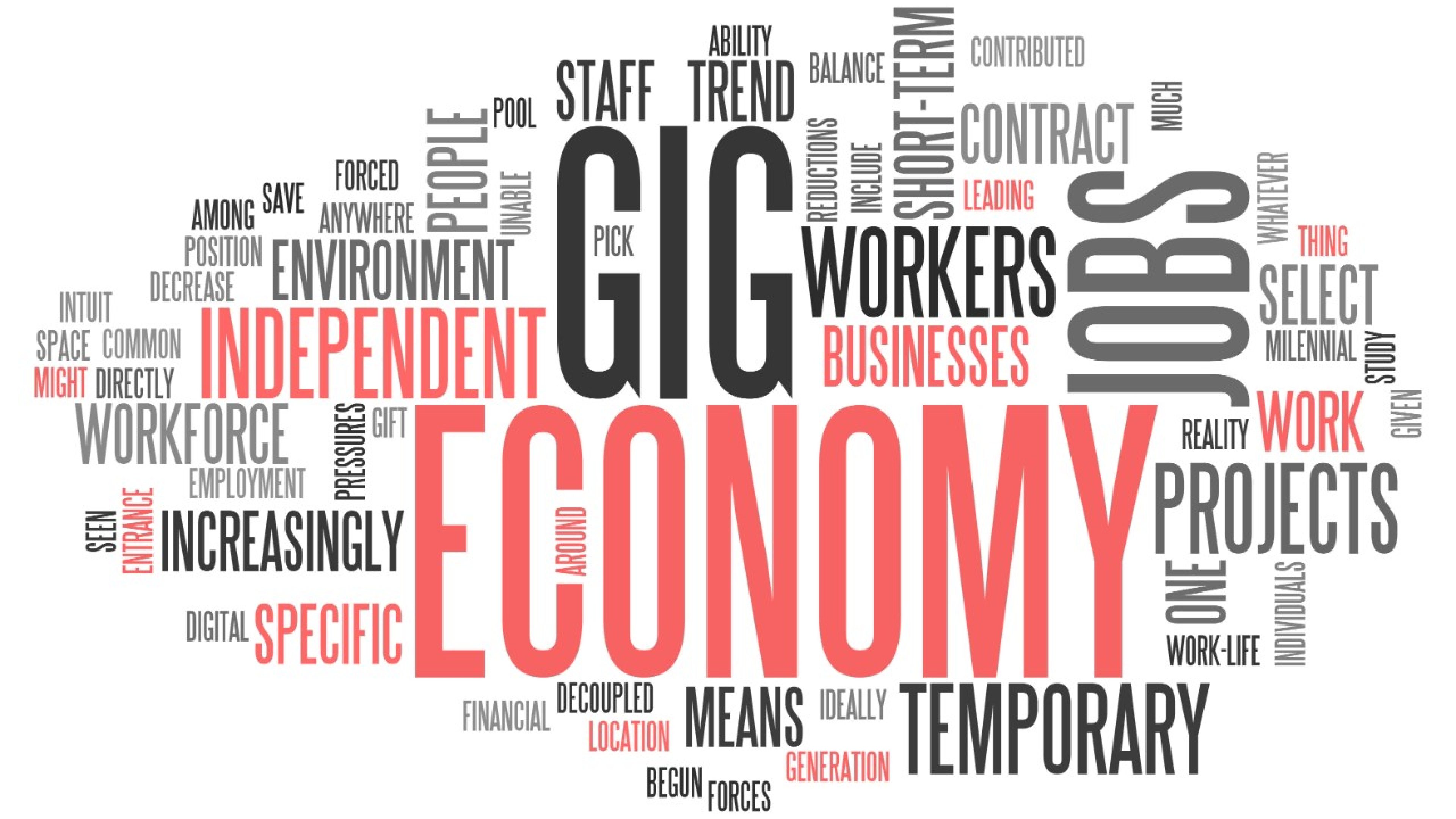Whether they’re working as an Uber driver, renting out a room or taking on mini-commissions, more and more self-employed people are subsisting on discrete mandates than on regular jobs, a phenomenon known as the “gig economy”. But what are the consequences for retirement provisions of such increasingly flexible work models?
Permanent employment, regular working hours, a fixed salary - what has become the norm over the last 150 years may soon be the exception. The reason is a trend, known as the gig economy, that has the potential to fundamentally change the labour market. It involves minor commissions assigned at short notice to independent freelancers. More and more of the self-employed are swinging from one paid assignment or “gig” to the next, like musicians. Emblematic of this new business model are Uber drivers or Airbnb proprietors. The internet is bristling with a growing number of brokerage sites where people can offer their labour worldwide, from unskilled to qualified. Ever more companies, whether start-ups or major groups, are having recourse to digital day labourers, a “crowd” available day and night, to be deployed around the globe and apparently inexhaustible. A growing vocabulary of terms like “sharing economy”, “crowdsourcing” and “micro jobbing” parallels the viral development of the global service sector.
Flexible work models gaining in popularity
Although the new phenomenon has yet to be properly studied, what is clear about the gig economy is that flexible work models without fixed employment agreements have been massively on the rise since the financial crisis. There are now more than 30 million people registered on the 11 largest crowdsourcing platforms, a study by the International Labour Organization (ILO) has shown. And according to a new report by McKinsey, between 20 and 30 percent of workers in the US and the 15 EU countries - a total of 162 million people - are already independently employed (see chart), with some 30 percent of these deriving most of their income from such engagement.
“The report suggests that statistics compiled to date on the gig economy have been a massive underestimation", says Jacques Bughin, co-author of the study and a director of the McKinsey Global Institute. What is more, it puts paid to a series of typical assumptions: “The independent labour market is not dominated by young people, who make up just 25% of it. And it comprises all income classes, educational levels, industries and sexes.” According to a current study by Deloitte, 25% of all those of employment age in Switzerland work as temps, as adjuncts or project-based.

Independent and flexible or insecure and underpaid?
Some of the advantages of the gig economy are obvious: companies get a supplementary labour force and an abundance of inspiration for less money, while their employees enjoy independence, flexibility and self-determination. There is also greater opportunity for part-time jobs, of particular interest to students, parents and seniors.
There are, however, critical voices: the gig economy, it is said, renders life precarious for digital day labourers by depriving them of the security of a steady job. A graphic designer who offers her services on an online platform, for instance, faces international competitors willing to work for less. Since digital service providers are considered self-employed, they are typically obliged to make their own social security contributions for work acquired in this fashion. That is why liberal business experts like Lynda Gratton, Professor of Management Practice at the London Business School and author of “The Future of Work” and “The 100-Year Life”, are echoing unions in issuing a warning: “As attractive as the advantages may seem, our society is still insufficiently adapted to people without fixed positions.” According to Gratton, there are plenty of examples of this: “Try to get a mortgage without a steady income. Or to save for your retirement with an irregular salary and no employer's contributions.” And she is backed up by a current study out of Germany in which only two thirds of respondents, whose main profession is “crowdworker”, say they are insured against illness and unemployment, while just over half indicate that they are putting something aside for their old age.

Between repression and tolerance
We will need to work out how we as a society deal with the gig economy in future, but the debate over the Uber taxi service shows the extent of our ambivalence, with politicians wavering between a total ban (in France, for example) and a laissez-faire approach (as in the US). At the national level as well as in the EU, there is an ongoing discussion of the need to embed the gig economy in labour and tax law so that micro jobs in future may offer an attractive and sustainable option for the self-employed.
Individualising provisionsA central issue here is securing retirement provisions. "The shift in work models will inevitably require us to rethink provisions and become more sensitive to individual needs”, says Markus Leibundgut, CEO of Swiss Life Switzerland. Ultimately, he notes, what is crucial is that working people be able to rely on provisions worthy of the name despite the rapid pace of change in their activities and professional situations. “And everyone has a part to play in this: pension providers, state institutions and the insured themselves.”
But it's also clear that gig workers without occupational provisions are especially called upon to begin thinking about private provisions early on. "The more we orient our provisions to our own situations, preferences and possibilities,” says Markus Leibundgut, "the more important individual responsibility becomes.”




